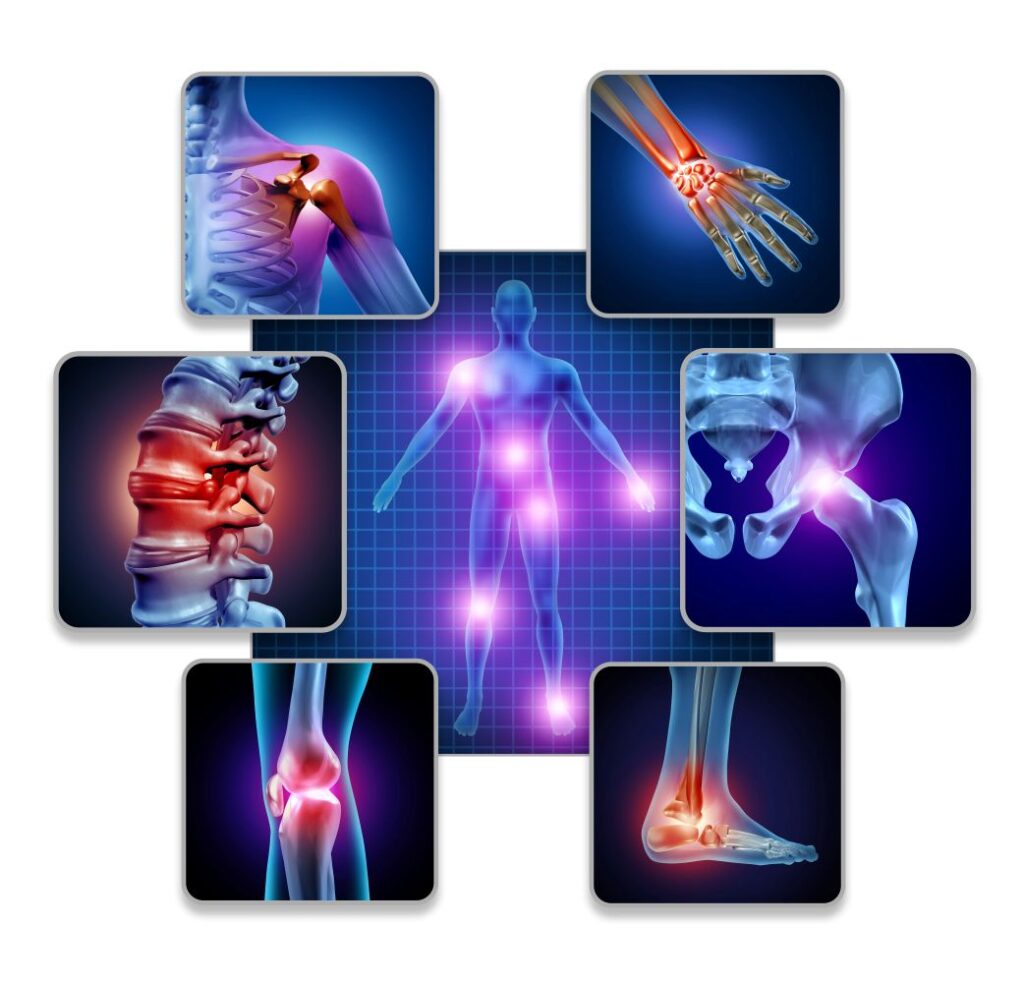
Your Health Magazine
4201 Northview Drive
Suite #102
Bowie, MD 20716
301-805-6805

More Pain Management & Rehabilitation Articles
Expert Tips For Building A Successful Pain Management Plan

Chronic pain is a complex and deeply personal experience, affecting millions of individuals and influencing every facet of daily life. Unlike acute pain, which serves as a temporary alarm system for injury, chronic pain persists, often for months or even years, becoming a condition in its own right. Navigating this persistent discomfort demands a comprehensive, dynamic, and personalized strategy. A successful pain management plan is a living framework designed to improve function, enhance quality of life, and empower the individual.
Below are some expert tips for building a successful pain management plan:
Establishing a Clear Diagnosis and Collaborative Partnership
A precise diagnosis is the non-negotiable foundation of any effective pain management strategy. This process typically involves a detailed review of the medical history, a physical examination, and, potentially, diagnostic imaging or nerve conduction studies. The goal is to understand the root cause of the discomfort. This diagnostic phase also marks the beginning of building a critical, collaborative partnership between the patient and their healthcare team.
Furthermore, patients should feel empowered to ask questions, express concerns, and actively participate in decision-making. A transparent relationship where the patient’s goals and experiences are valued leads to a more tailored and effective plan, fostering a sense of shared responsibility for outcomes.
Lastly, self-diagnosing and treating persistent pain can be ineffective and potentially dangerous. Consulting with a specialized pain management doctor is crucial. These medical professionals possess the training to pinpoint the underlying causes of pain.
Setting Realistic and Measurable Goals
Once a diagnosis is established, the next step is to define what “success” looks like. Rather than a vague ambition to “be pain-free,” which may be unattainable for many chronic conditions, goals should be Specific, Measurable, Achievable, Relevant, and Time-bound (SMART).
For instance, a goal could be to “walk for 15 minutes without sitting down within the next six weeks” or to “return to a favorite hobby, such as gardening, for 30 minutes twice a week by the end of the month.” These functional goals can shift the focus from the subjective sensation of pain to objective improvements in daily life and activity. Celebrating these small victories can also provide positive reinforcement and measurable evidence of progress, which is vital for long-term motivation.
Embracing a Multi-Modal Treatment Approach
Relying on a single modality, such as medication alone, is rarely sufficient for complex chronic pain. The most successful plans incorporate several complementary therapies. This multimodal approach targets pain from different angles, often providing synergistic relief while minimizing the side effects of any single treatment. Some key components usually include:
- Interventional Procedures: Techniques like epidural steroid injections, nerve blocks, or radiofrequency ablation can target specific pain generators, provide significant relief and create a window of opportunity for physical therapy.
- Pharmacological Management: Medications, including anti-inflammatories, neuropathic agents, or muscle relaxants, can be valuable tools when used judiciously under strict medical supervision. The focus is on using the lowest effective dose for the shortest necessary duration.
- Physical Rehabilitation: A physical therapist can design a customized exercise program to improve strength, flexibility, and endurance. This can help correct muscular imbalances, support affected joints, and recondition the body, which is fundamental to breaking the cycle of pain and inactivity.
- Psychological Support: Cognitive-behavioral therapy (CBT) and other psychological interventions are evidence-based methods for managing the emotional toll of chronic pain. They teach skills to reframe negative thought patterns, develop coping strategies, and reduce the perception of pain.
This integrated model of care is the hallmark of modern, effective pain management. By combining these disciplines in pain management, patients can address the physical sensation, the functional limitations, and psychological distress that accompany chronic pain conditions.
Incorporating Lifestyle Modifications and Complementary Therapies
An individual’s daily habits and routines have a significant impact on their pain levels. Proactive lifestyle modifications can dramatically augment clinical treatments. These include:
- Prioritizing Sleep: Pain typically disrupts sleep, and poor sleep, in turn, lowers pain tolerance. Establishing a consistent sleep routine and creating a restful environment is essential.
- Nutrition and Hydration: An anti-inflammatory diet rich in fruits, vegetables, and omega-3 fatty acids can help reduce systemic inflammation. Staying well-hydrated is also crucial for muscle and joint health.
- Stress Management: Chronic stress exacerbates pain. Techniques such as mindfulness meditation, deep breathing exercises, and yoga can activate the body’s relaxation response, lowering stress hormones and reducing pain intensity.
Furthermore, many patients find value in complementary therapies such as acupuncture, massage therapy, or chiropractic care. While the evidence for these modalities can vary, they can be valuable adjuncts to a conventional plan when discussed with a healthcare provider.
Maintaining Consistency and Adapting the Plan Over Time

A pain management plan is a dynamic process that requires consistency and periodic reassessment to ensure effectiveness. Adhering to prescribed exercises, medication schedules, and lifestyle modifications is crucial for achieving cumulative benefits. Patients should maintain a pain journal to track their symptoms, triggers, and responses to different treatments. This record can provide invaluable data for healthcare appointments, allowing the treatment team to see what’s working and what’s not.
As life circumstances change or new treatments become available, the plan should be adapted. Regular follow-ups with the healthcare team are necessary to fine-tune the approach, ensuring it continues to meet the evolving needs of the individual living with pain.
Final Thoughts
A successful pain management plan is a dynamic and collaborative process. It requires a precise diagnosis, realistic functional goals, and a multi-modal approach that integrates medical, physical, and psychological strategies. By keeping the information mentioned above in mind, individuals can effectively manage their condition and achieve a significantly improved quality of life.
Other Articles You May Find of Interest...
- Effective Strategies to Alleviate Hamstring Pain and Discomfort
- Healing with Essential Oils for Nerve Pain and Relaxation
- Effective Strategies for Treating a Hurt Groin and Understanding Recovery Time
- Relieving Pain in the Back of Your Knee: Causes and Solutions
- Navigating the Different Types of Arthritis for Better Joint Health
- Effective Strategies for Rapidly Reducing Knee Swelling
- Can You Safely Mix Celebrex and Alcohol?














